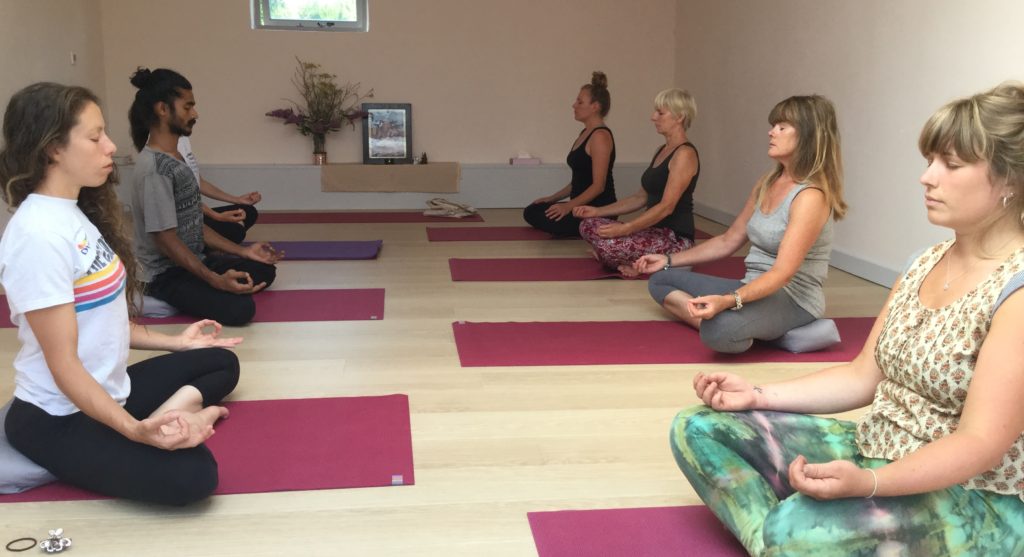When Hilary Clinton described alternate nostril breathing in her post-election biography, this classic technique of yoga hit the headlines. In fact, there is a range of yoga breathing exercises – pranayama – that greatly benefit health and wellbeing. The chief benefit is to calm the mind and so counteract stress.
Notice your breath at the moment. I imagine you are sitting reading and so it’s likely to be light and shallow, a clavicular breath, so called because it’s at the level of the collarbones. Maybe now you are thinking about it, it might go a bit longer and deeper – try that. It takes a bit of concentration and at a very simple level it’s this conscious awareness of the breath that helps. You’ll be thinking about other things, or worrying, less.
The quality of the breath and the state of mind are linked. Someone angry, has a short, hard breath. Someone grieving often sighs. When concentrating hard, the breath can almost be imperceptible; when distressed, chaotic. A long and slow breath accompanies a slowed and relaxed mind.
Conscious breathing not only calms you in the moment but regular practice tones the vagus nerve. This goes ‘brain to bum’ and is responsible for a lot of the subconscious management of our body, primarily the rest and repair responses. Toning the vagal response means we can shift from emotional fight or flight reactions to genuinely feeling more peaceful. Good vagal tone is also linked to a healthy immune system.
Added to the obvious benefits of better oxygenation and gas exchange across the lung surface, practice of the conscious breath works on deep levels in your body-mind system. The classical aim of all yoga exercises is to raise the inner vibration and better have the experience of oneness. All classes include pranayama and breath awareness in holding postures.
